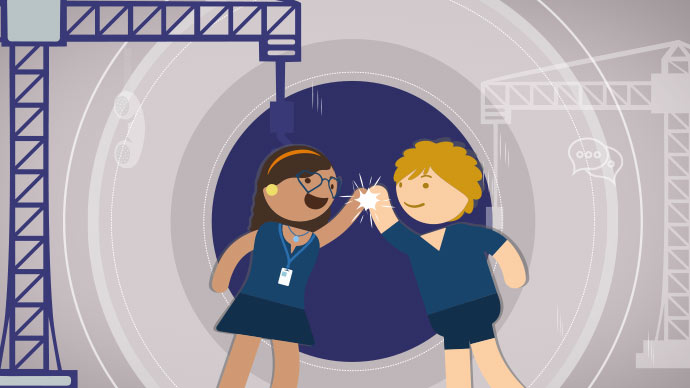There is absolutely no denying just how important customer service is to all businesses. Show me a business that does not care about customer service, and I will show you a business destined to fail. The tricky thing about customer service, however, is it can be somewhat difficult to measure, leaving many business owners in the dark about the impact their customer service is having on their business.
Unlike traditional metrics, customer service is hard to quantify; if only we could simply punch a few figures into a calculator and find out exactly how our customer service stacks up. You can’t do a stock-take for customer service. You can’t simply order more customer service. Good or bad, it is crucial to understand just how much of an impact your customer service is having on your business.
So how do we actually measure customer service? Well, when it comes to customer service, it is not a matter of measuring how much customer service you offer, it is about accurately measuring the quality of the customer service you provide.
Encourage Feedback
Until mind reading becomes a reality, there is only one sure-fire way to find out what your customers really think about your service: asking them. If the thought of actually communicating with your customers makes you feel physically ill, then you are in the wrong business, because business is all about people and relationships.
Successful businesses don’t ask you to fill out surveys because they are just trying to tick a box; successful businesses ask you to fill out surveys because they want to improve their service, and the experiences they have with you.
But customers only give feedback to get something in return. Occasionally, this is true, and it is also not always a bad thing. It doesn’t hurt to offer your customers something in exchange for their feedback, but what do they really want? They want you to actually listen to their feedback and make the necessary changes in your business model. Your customers are your number one priority, so you should treat them as such.
Strengths and Weaknesses
Have you ever been in a fight with someone, and you can’t figure out why they are mad at you or what you have done wrong? Customer service is a lot like that. For one reason or another, some customers will want you to know what is wrong without having to tell you — maybe they are embarrassed, or maybe they just simply don’t like confrontation. So how can you figure out what to fix if you don’t know what is broken?
Identifying what you are doing right is equally important as identifying what you are doing wrong. Let’s say, for example, that your customers love your burgers so much they’ll line up around the corner to get their hands on one. Now, after a few weeks, that line shrinks and shrinks and shrinks. What happened? The burgers haven’t changed. So what is wrong? It is quite possible that, however delicious your burgers may be, your customers have had enough of lining up around the corner… The wait simply is not worth the greasy, cheese-covered goodness.
What is the solution? First, find what you do well: make delicious burgers. Second, identify the issue: long wait times. Third, find a solution: increase the rate at which you produce your burgers, or find a way to take orders in advance or maybe come up with a completely out-of-the-box solution to avoid queues. Whatever the solution, you won’t find the right one unless you really understand what it is that needs solving.
The Proof’s (not always) in the Pudding

There are businesses (big or small) all across the world that make the mistake of thinking high sales equals high-quality customer service. Don’t make the mistake of believing that because you have a lot of customers that they’re all satisfied with the service they are receiving.
Be it the time of year, a volatile market, or the fall of a competitor, there are multiple reasons for increased business that are not directly related to the quality of your customer service. High sales in May do not guarantee high sales in August. Customer service is about building relationships with your customers so they’ll return to your business in the future; it is not about taking advantage of a specific situation and hoping that the environment stays the same. You can’t control how the market behaves, but you can control how you treat your customers within the market.
Count Complaints
Unlike the amount of money you are turning over, the amount of complaints you are receiving is a great indicator of the quality of your customer service, and it is something you should take very seriously.
Why do you think people make complaints? Sure, there are some who complain for the sake of complaining, but these twisted individuals are the minority here. The main reason people complain is because they want better service. They don’t want free stuff. They want your service — and your business — to improve. Every time a customer complains, thank your lucky stars because they have just done you a huge favour — they’ve pointed out a flaw in your business.
Making an effort to count the number — and types — of complaints you receive will help you accurately measure just how successful your customer service is. It will also allow you to narrow down the areas in which you need to improve most urgently.













